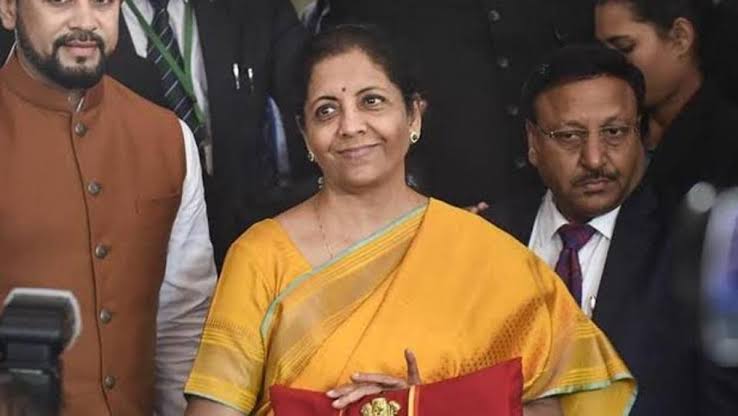Finance Minister Nirmala Sitharaman on Saturday presented the Union Budget 2020. Aiming to bring the slowing economy back on track, the minister announced massive state funding to help India’s farm sector.
At a time when India is staring at an estimated 5 per cent annual rate of expansion, Sitharaman pegged the fiscal deficit target for 2020-21 at 3.5 per cent of the GDP.
Following are the main highlights of the budget:
A new tax regime has been announced. A taxpayer opting for new income tax slabs and rates will have to forego a host of exemptions and deductions, including a standard deduction of Rs 50,000, tuition fee of children, and contribution towards insurance premium and the provident fund. A taxpayer, however, can choose to remain in the existing regime with exemptions and deductions.
While companies will no longer be required to pay Dividend Distribution Tax (DDT), Aadhaar-based verification for GST compliance will be introduced.
With a budget allocation of ₹2.83 lakh crore for the sector comprising agriculture and allied activities, the government aims at doubling farmers’ incomes by 2022.
An allocation of ₹69,000 crore for the health sector.
₹99,300 crore for education sector in 2021 and about ₹3,000 crore for skill development. Urban local bodies to provide internship to young engineers for a year.
Chennai-Bengaluru Expressway to be started.
Plan to have a large solar power capacity for Indian Railways.
100 more airports will be developed by 2024 to support UDAN.
Customs duty increased on imported footwear and furniture
The government plans to encourage the manufacture of mobile phones, electronic equipment, semiconductor manufacturing as well as medical devices.
The government is developing Bharat Net — or Bharat Broadband Network Ltd. — a program to bring broadband to villages.
India plans to expands its national gas grid to 27,000 kilometers from 16,200 kilometers.
The Union Budget estimates to create more than 2.62 lakh jobs between March 2019 and March 2021 in various organisations.





